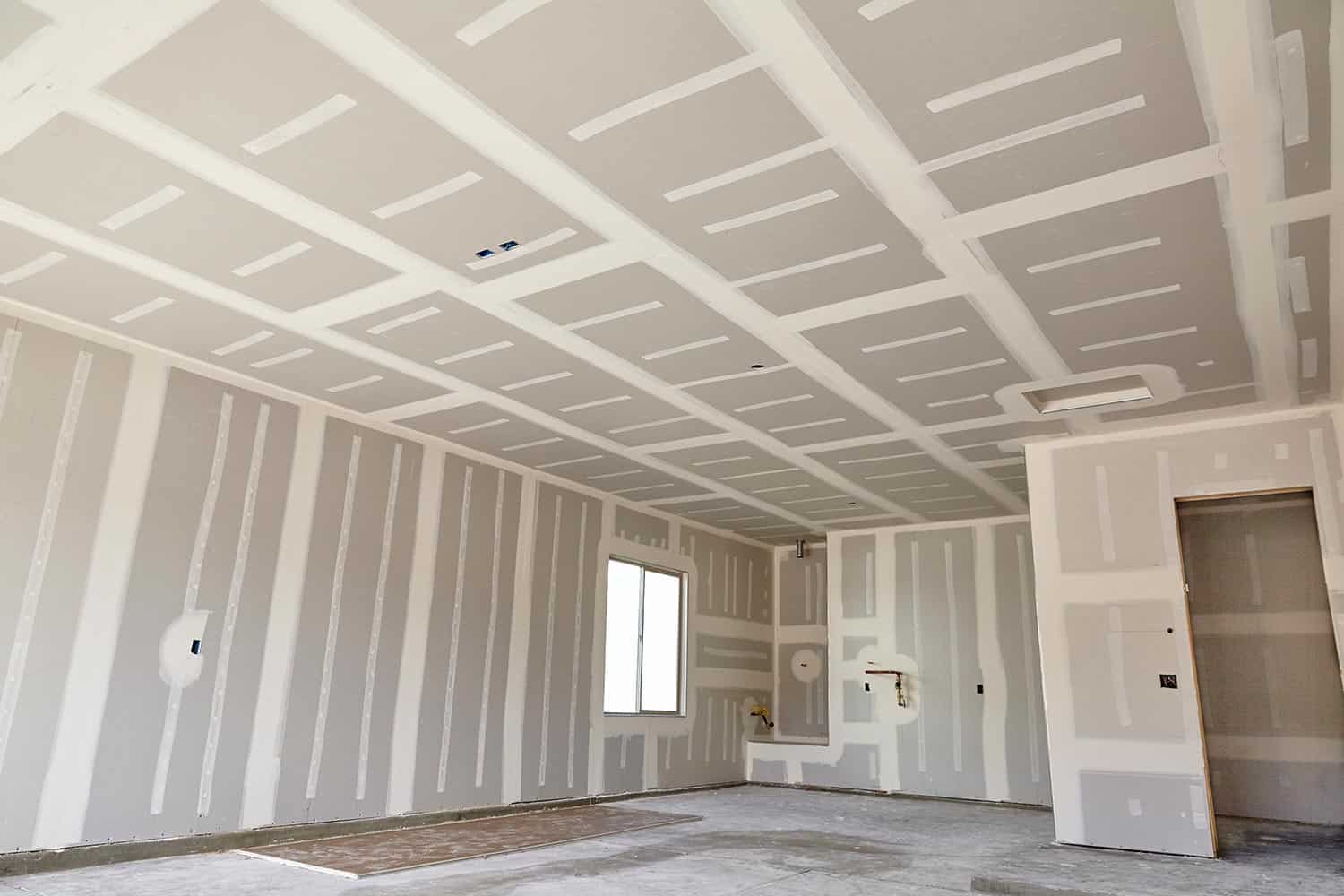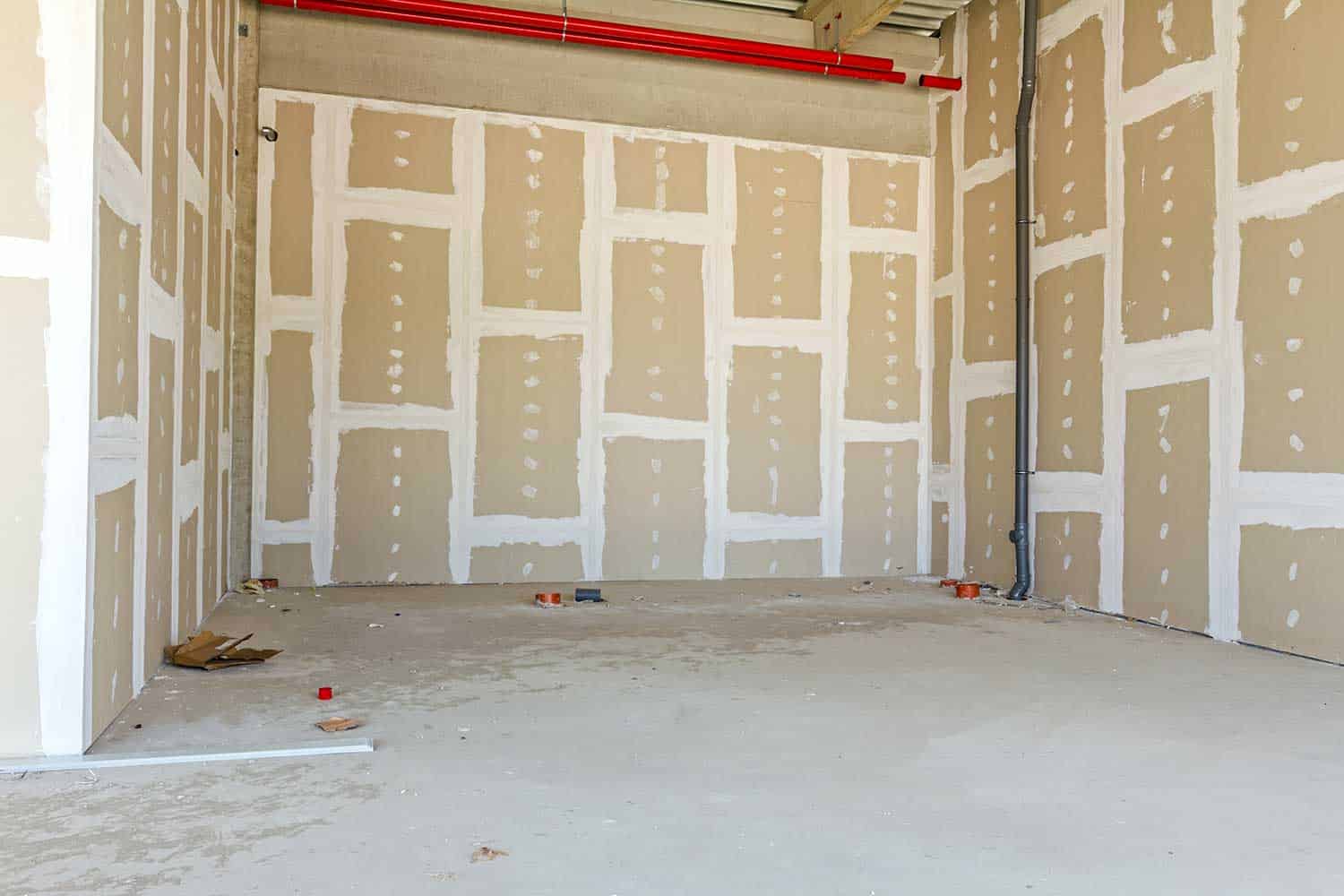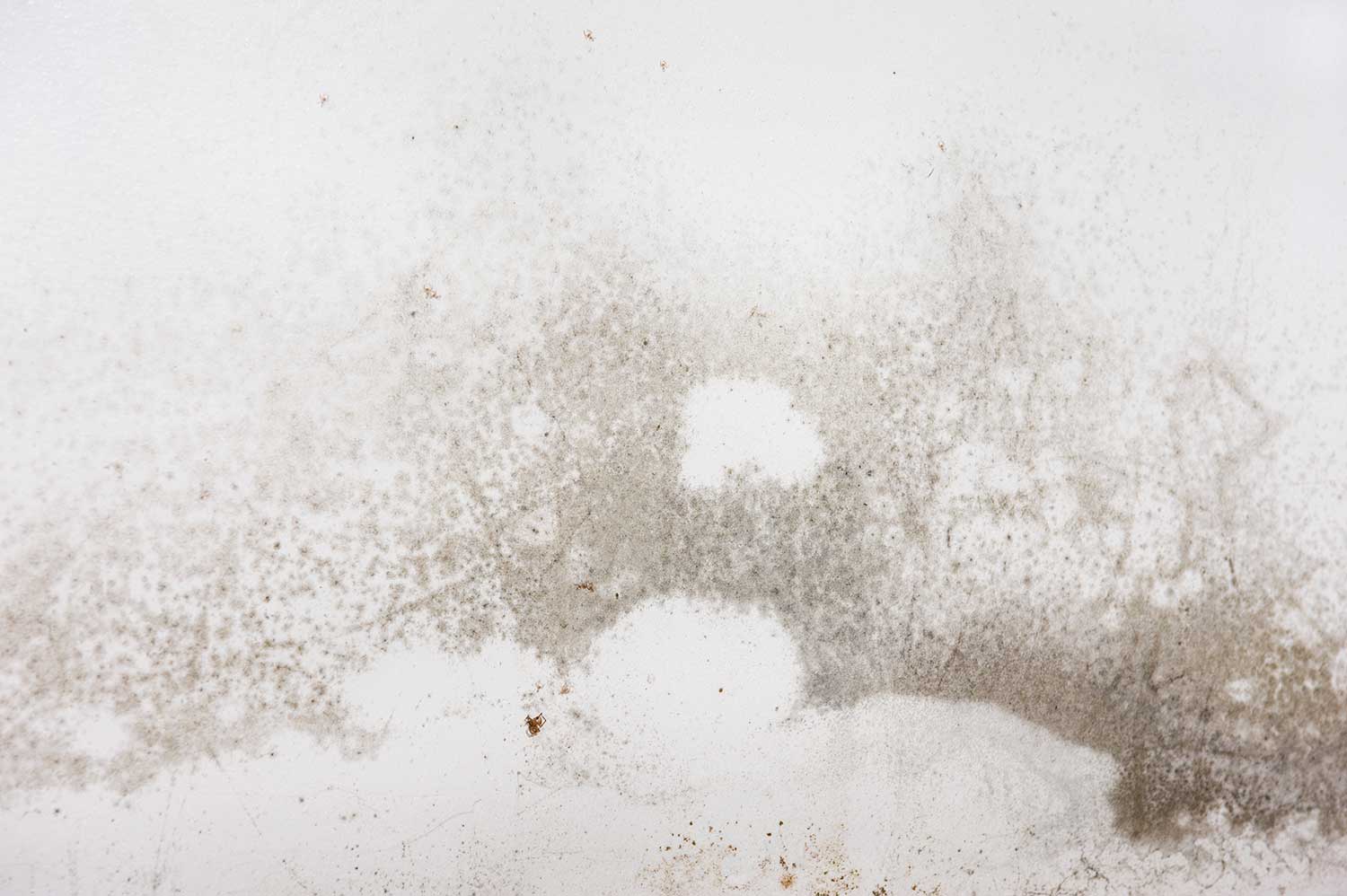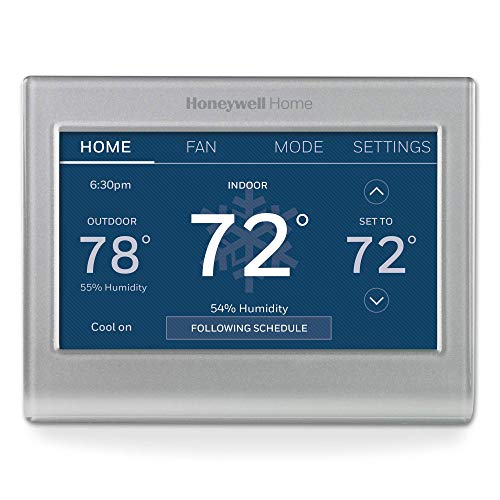Flooding in a home is one of the most stressful mishaps for homeowners, and if you've experienced this or own a house that has, a natural question would be whether drywall absorbs water or moisture. This is important to know, as trapped water and moisture are a breeding ground for bacteria and mold and could eventually affect the home's structure. We've done the research to answer this question for you.
Yes, drywall is a porous material and, unfortunately, will absorb standing water and moisture from the air.
So now you know that drywall very easily absorbs water, but you may have other questions about how to prevent this tragedy or what to do if you suspect it has already happened. Keep reading to learn more.

What Is Drywall?
The Material
In many instances, you may have heard drywall referred to as sheetrock. They are one and the same. This material is very often used to finish the interiors of buildings, putting a solid structure over the plank walls and insulation.

Prior to the use of this product, walls were covered with plaster to finish their construction. This was tedious and time-consuming work, as the plaster had to be built up slowly in layers over the walls. This method was also very prone to mistakes. But then came the miracle product that is drywall.
Drywall is sheets of gypsum plaster, sealed by fiberglass or heavyweight paper. Gypsum, in itself, is a porous material. The sheets are nailed to the wall studs, and the joints are covered with joint compound or specially made tape.
Reacting To Moisture -What happens when Drywall gets wet?
Drywall is a material that is very strong and stiff when kept dry, but if it absorbs an inappropriate amount of water or even just moisture, it will swell and eventually dissolve into mush.
This happens because gypsum is porous, and so is the fiberglass or paper which binds it. There is no plastic or resin to keep a tight seal on the drywall, so it essentially invites the moisture in. This is fine if it is low moisture, as the humid air can leave the material just as easily as it entered.
However, the moisture will be trapped in the drywall when the structure's humidity is above 55%, or if there is flooding where the water sits and has nowhere to escape. This is when the damage tends to happen.
The fiberglass or paper on the drywall will begin to bubble and crack, and the gypsum will dissolve. In some cases, this is just unsightly. Yet in more severe cases, it could threaten the integrity of the structure.
How To Prevent Moisture Build-Up
Keep Humidity Low
It's normal for a home to have a humidity level of up to 55%, but higher is neither comfortable for the inhabitants or good for the home's structure.
Keeping the humidity at an acceptable level is essential to protect the drywall, but it can be a bit more difficult to do if you live in an especially warm, humid area. We have a few suggestions to help you accomplish this.
One thing that can be done to reduce the humidity in your home is to run your air conditioner. Have your AC system regularly serviced to ensure that it is in good working order. The air conditioner is not only used to keep your home at a comfortable temperature. It also functions as a dehumidifier, removing water from the air.
Having a smart thermostat can be a tremendous help in ensuring that your air conditioner is serving you well. Smart thermostats have become a trend in recent years. They do not only control the temperature, but they also have humidity sensors and humidity controls.
Take a look at this smart thermostat we found on Amazon.
Your air conditioning system may not always be enough to control the humidity in your home, though. If this is the case, we would suggest purchasing one or more dehumidifiers and placing them strategically in the home.
Dehumidifiers do what their name suggests. They pull the humidity from the air and deposit it as water in a tray which must then be drained by the user.
Check out this dehumidifier we found on Amazon.
It's best to place these machines in the most humid areas of the home where moisture may get trapped, such as the basement, kitchen, restrooms, and laundry room.
Flood Prevention
The other cause of moisture build-up in drywall is flooding. While this cannot be averted at times, there are some simple strategies to prevent flooding in a home.
Maintain and service the plumbing regularly. A common cause of flooding in a home is a broken or leaky pipe or backed-up sewage from a blockage.
You can prevent this issue by regularly having the plumbing inspected and serviced, especially if the home is over 50 years old. Pipes can rot and be damaged over time, as the foundation of the home moves and roots grow through the ground. This could cause leaks, and where there are leaks, there is water.
If there is a blockage of any kind, you must have it taken care of quickly. If it is not taken care of, the sewage and water can come up through drains and the sump pump, causing flooding.
You can also prevent flooding from the weather by keeping gutters clean and making sure there are spout systems to move water away from the house. This is especially important if the home has a basement, as, during storms, water can rise around the foundation and seep in through windows and doors.
Drying It Out
Will Drywall Dry Out if It Gets Wet?
The good news is that drywall can be dried out effectively and saved if the damage is not too prevalent. This is usually only if the drywall has only had a very short exposure to water, such as a few hours or less if the damage is from flooding.
Or if the damage is from humidity, you may be able to tell by getting a reading with a moisture meter and making sure that the reading is not over 15%.
Click to see this moisture meter we found on Amazon.
How long does wet drywall take to dry?

Water will obviously need to be removed before any drying of the sheetrock can take place. Once the water has been removed, you will need industrial dryers, fans, and a dehumidifier to dry the walls and pull moisture from the drywall.
It depends on how wet the drywall is to determine how long the drying process will take. Moisture can seep into drywall as quickly as 1-inch per hour. It will take at least as long as it absorbed the water, or longer, to dry the sheetrock. We suggest going above and beyond in this process, to be sure that the drywall dries completely.
Do you need to replace drywall that got wet?
Drywall should always be replaced if there is buckling, sagging or if it is soft. These are indications that the drywall has been essentially destroyed, and it will not be able to be saved even if dried.
This is also an indication that the drywall may not be able to dry out completely, in which case the moisture trapped inside the material will likely help produce mold and bacteria. These can pose health risks to your family.
Health Risks
How Long Does It Take Mold To Grow On Wet Drywall?
Mold spores are typically not a threat unless they find an appropriate place to germinate and grow, and wet areas can provide a home to mold spores.
When drywall becomes wet, it can take as little as 12 hours for mold to begin to grow. It can then spread throughout the wall. Quickly and thoroughly drying the sheetrock is the only way to prevent this from happening.
If it does happen, you must remove the drywall in all areas where the mold has spread. Some types of mold, such as black mold, can make some people very ill.
How Can I Tell If Mold Is In Drywall?

Testing for mold in a home can be done quite easily at home with the invention of home mold testing kits. These usually contain swabs that can either be tested with a solution or sent to a lab for a determination.
Take a look at this mold test kit we found on Amazon.
These kits can be used anywhere, but to check specifically for mold in the drywall, you will have to cut a small hole through the drywall. At times, you will be able to quickly see the mold, in which case a test is not needed. If not, you can use a kit to test the surface of the drywall for mold.
In Closing
Water-damaged drywall can certainly be a costly and time-consuming issue for a homeowner to deal with. Drywall is made with porous materials and thus will quickly and easily absorb moisture. However, there is hope for this situation. If quickly caught and dried, the damaged drywall can be saved, and in most cases, even when it has to be replaced, there will not be extensive damage to the property.
Want to learn more about drywall installation and fixes? Check out these related posts:




